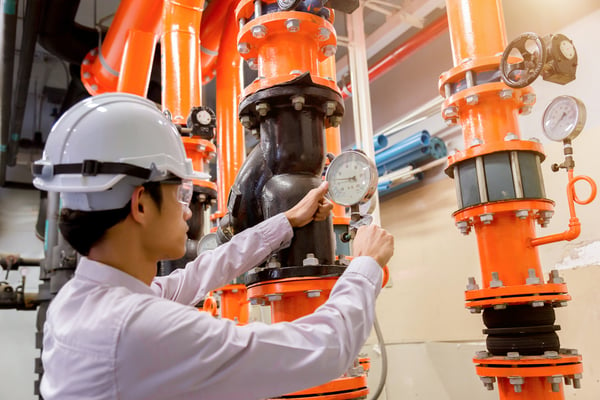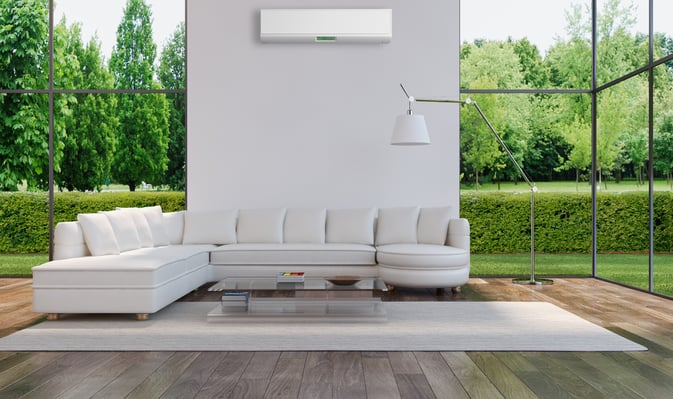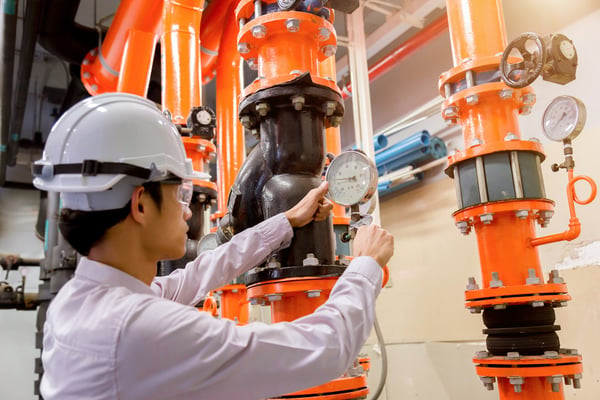MEP engineering is often associated with the design phase of projects and obtaining approval from the local building department. However, there are many ways in which engineering services can benefit existing buildings. This article will provide an overview of some common construction issues and areas of opportunity, and how an MEP engineering firm can help you.
Mechanical, electrical and plumbing systems are responsible for the majority of energy and water consumption in buildings. When these facilities are optimally designed, resource usage and operating costs are reduced. MEP design also helps create a suitable indoor environment for humans, covering aspects such as air and water quality.
Update your MEP systems: reduce operating costs and improve your internal environment.
Correcting Building Code and Local Law Violations
Local governments use building codes to regulate new construction and renovation projects, and these codes are reviewed and updated periodically. Additional requirements for buildings may also be published in the form of local laws.

Typically, a building is subject to the applicable code at the time of construction. This means there is no need to update the property with each new version of the code. However, local laws often have retroactive requirements that apply to all buildings – new and existing.
- Failure to comply with building codes and local laws can have legal and financial consequences for the homeowner. Therefore, these issues must be fixed as soon as possible.
- Because building codes and local laws cover technical aspects, violations can go unnoticed in buildings. Having a property inspected by a MEP engineering company is the best way to find these issues.
After code and law violations are found on your property, MEP engineers can also help you design a solution and get it approved by your local building department. There will likely be fees payable to the local building department, but many penalties are waived when building owners are willing to voluntarily find and correct code violations.
Each state and municipality has its own building codes and laws. However, violations that affect fire protection systems or fuel-burning equipment tend to have the highest penalties due to the dangers involved.
Reducing electricity and gas bills with energy efficiency

MEP installations consume large amounts of energy, especially HVAC equipment. However, well-selected energy efficiency measures can reduce consumption without affecting performance. It is common to believe that energy efficiency sacrifices indoor environmental quality, but this is a misconception – both aspects of a building can be improved simultaneously.
Since every building is unique, the ideal combination of energy efficiency measures will change accordingly. For this reason, an energy audit is strongly recommended as a first step. MEP engineers can use energy modeling tools to analyze various design options and find the best configuration for your building.
Many energy efficiency measures are designed for specific buildings, but others can be used in almost any project. For example, LED lighting and HVAC equipment upgrades are recommended in most energy audits unless the homeowner has recently upgraded these systems.
Implementing Water Conservation Measures

For a given floor area, energy bills tend to be higher than water bills. However, conserving both resources is important to reduce the environmental impact of buildings. Water consumption can be very high in older properties where plumbing has not been updated in a long time.
When heating and pumping costs are involved, water conservation also counts as an energy efficiency measure. If a building consumes fewer gallons of water per month, these costs will be reduced accordingly.
A simple and effective solution is to use plumbing fixtures with the U.S. Environmental Protection Agency's WaterSense label.
- To earn the label, a plumbing fixture must achieve at least 20% water savings over federal standards.
- Furthermore, the tests must be carried out by an approved laboratory independent of the manufacturer.
- Greater savings can be expected when upgrading older plumbing fixtures, as savings are calculated based on the current federal standard.
Improving the indoor environment

Indoor environmental quality (IEQ) is a performance category in LEED certification for green buildings. IEQ goes beyond air quality – covering aspects such as thermal comfort, acoustics and lighting. Water quality is also important, given its vital importance for humans.
Air quality has become a high priority topic in the wake of the COVID-19 pandemic, as there is evidence that viral particles can remain suspended in the air for hours. When indoor spaces are poorly ventilated, the accumulation of these particles can threaten occupants. ASHRAE recommends increasing ventilation with outside air, updating filters to at least MERV 13, and implementing ultraviolet germicidal irradiation (UVGI).
Prolonged lockdowns have drawn attention to another threat that can grow in buildings' water systems: Legionella bacteria. This pathogen can cause pneumonia just like SARS-CoV-2, but with a mortality rate of up to 10%. Before reopening, building owners should test water for the presence of this bacteria – stagnant water is the ideal environment for Legionella, especially in warm temperatures.
MEP engineers can also help you improve other aspects of the indoor environment, such as glare prevention and thermal comfort. According to JLL Incorporated's 3-30-300 rule, the typical building uses $3/sf in utilities, $30/sf in rent, and $300/sf in payroll. Keeping employees motivated and productive is a socially responsible but also a smart business decision.

